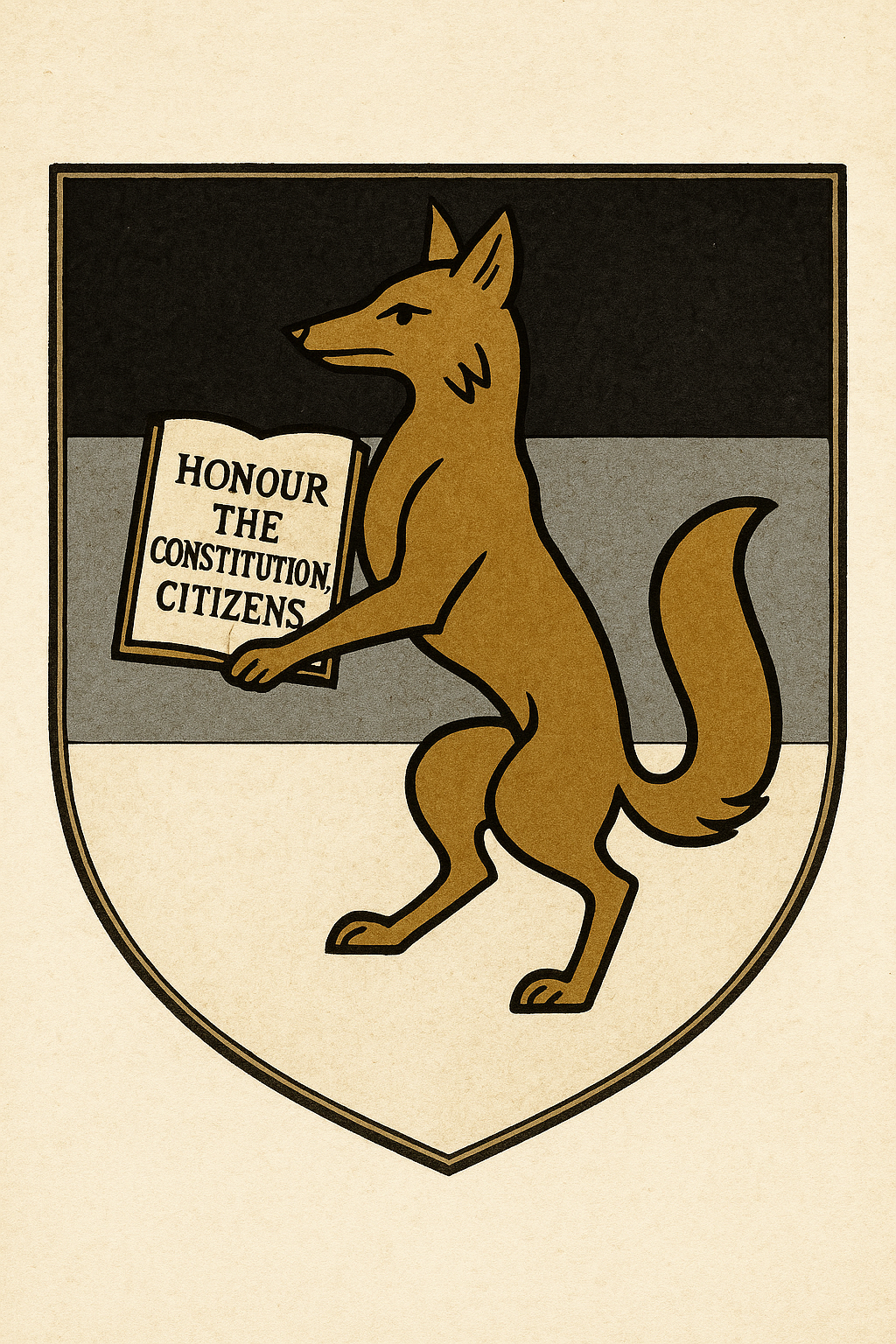Statues of Virtues
The Statues of Virtues are 20 animal statues that stretch across the entire Boulevard of Morality in Eustata, each symbolizing one human, civic and Republican Virtue.
Description
The author of the Statues of Virtues is the most eminent Guntrelandite Republican painter and sculptor Gaulus. Each statue is 10 times the life size of the animal it represents. It is planned that the statues will be made of bronze, but due to the time and material shortage caused by the war, they have not been completed yet, so there are plaster versions of them on the pedestals in the Boulevard of Morality. On the pedestal of each of the statues, on one side, the name of the virtue that is depicted is carved, while on the wing sides, reliefs are intended to be carved: on one side a scene from a fable where the animal in question demonstrated the virtue in question, on the other side a scene in the Revolution where a deserving citizen demonstrated that Virtue. In order for the Republic to encourage its citizens to continue to compete in virtues, in addition to the enormous heroism that has already been committed and celebrated on other monuments of the Republic, it was decided that only after the full liberation of the entire natural territory of the Guntreland continent, and therefore, the successful completion of the Revolution, will it be decided which scenes from the Revolution will be depicted on these reliefs.
Inspiration
The inspiration for the Virtues to be depicted as animals undoubtedly came from the Guntreland revolutionaries' practice of reading and quoting fables as a moral critique of human behavior. The first popular collection of fables called "Anecdotes from the Animal Kingdom" was published by the writer Hurel during the monarchy, as a sharp criticism of human nature and vices as well as social and political customs of that era, which is why it gained popularity among opponents of the old regime, its artificiality and corruption. One of the editions of Hurel's fables was published during the time of the Underground Republic by Hermann Henscher himself, adding his own moral lessons to them.
The Statues
List of Statues of Virtue as they stand from the direction of the Preamble Column to the Pavilion of the Immortals:
| Animal | Virtue | Relief 1 | Relief 2 |
|---|---|---|---|
| Cat | Incorruptibility | The Cat refuses the thieves' bribe to let them into its humans' house. | |
| Swallow | Civism | The Swallow returns to its place in the formation. | |
| Duck | Sincerity | The Duck testifies against the Eagle. | |
| Owl | Wisdom | The Owl jots down its wise observations. | |
| Rooster | Vigilance | The Rooster wakes up lazy animals that would otherwise not take advantage of the day. | |
| Dog | Friendship | The Dog comforts its owner who is being led to the gallows. | |
| Wolf | Freedom-Loving | The Wolf endures cold and hunger rather than accepting chains. | |
| Lynx | Righteousness | The Lynx rages at injustice at the Lion's court. | |
| Hedgehog | Patriotism | The Hedgehog refuses to sell his house for food. | |
| Donkey | Perstistance | The Donkey limps on the green grass from fatigue but continues its work. | |
| Man | Reason | The Man enters into a Social Contract with other people. | |
| Lion | Courage | The Lion fights the Dragon to defend its compatriots. | |
| Squirrel | Industriousness | The Squirrel collects materials from which it builds its nest. | |
| Beaver | Creativity | The Beaver is building a dam. | |
| Horse | Diligence | The Horse leaves the ball to pull the mail carriages. | |
| Elephant | Principledness | The Elephant refuses to live in a monarchy. | |
| Pelican | Readiness for Sacrifice | The Pelican injures itself with its beak to feed the hungry Fox. | |
| Parrot | Knowledge and repetition of the words of the Constitution | The Parrot answers every question with an adequate quote from the Constitution. | |
| Fox | Cunning | The Fox buries instead of swallowing the food offered to it by the enemies of the Homeland. | |
| Stork | Righteous vengefulness | The Stork serves the Fox from an oblong vase. |



Comments